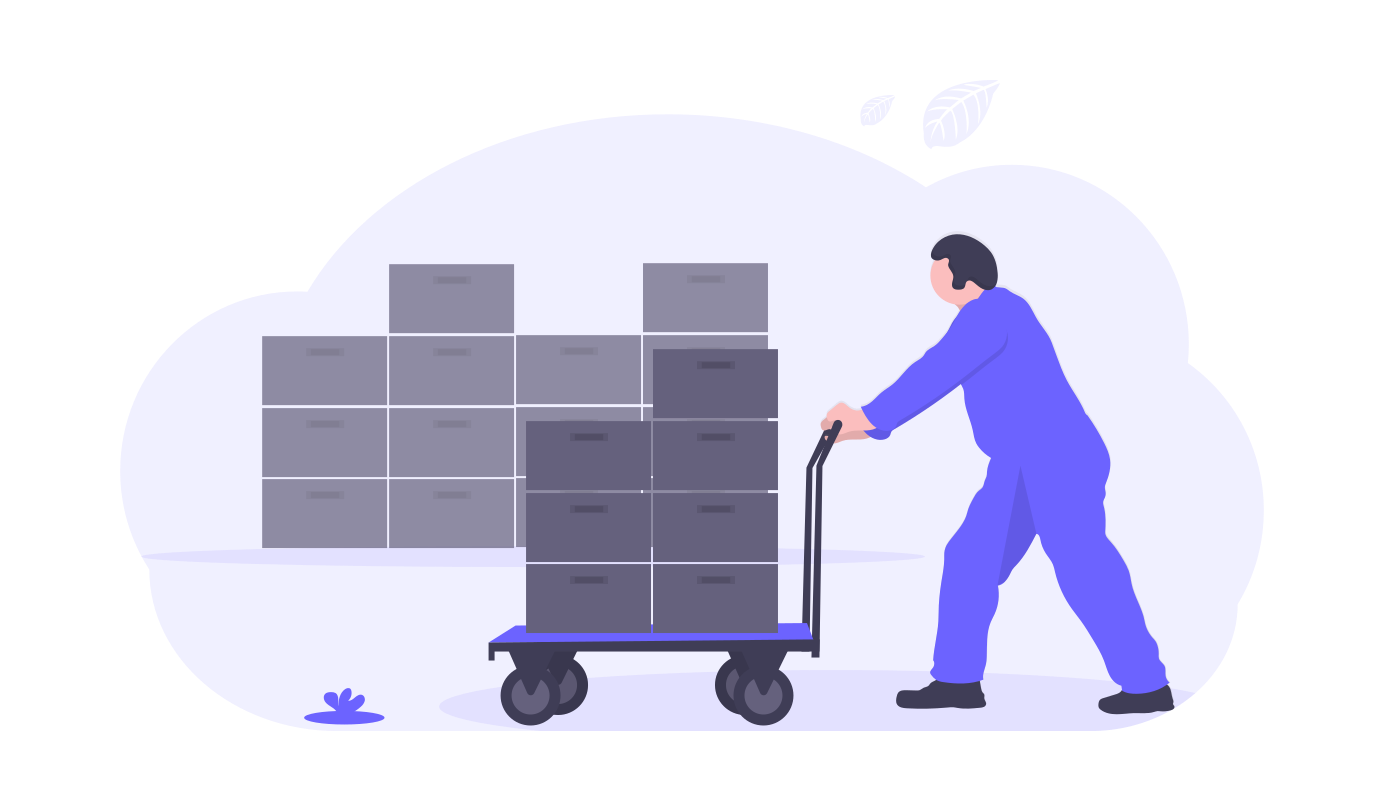In the competitive world of logistics and supply chain management, attracting and retaining the right clients is crucial for success. Account-Based Marketing (ABM) has emerged as a powerful strategy to achieve this by focusing marketing efforts on specific high-value accounts. This beginner's guide will walk you through the steps to implement ABM effectively in the logistics and supply chain sector.
Understanding ABM in Logistics and Supply Chain
Account-Based Marketing (ABM) is a targeted approach where marketing and sales teams collaborate to create personalized experiences for a select group of high-value accounts. Unlike traditional marketing methods that cast a wide net, ABM focuses on quality over quantity, ensuring that your marketing efforts are directed at accounts most likely to generate significant revenue.
Why ABM?
- Higher ROI: ABM is known for delivering a higher return on investment compared to other marketing strategies.
- Personalized Approach: Tailoring your marketing efforts to specific accounts increases engagement and conversion rates.
- Alignment of Sales and Marketing: ABM fosters better collaboration between sales and marketing teams, leading to more cohesive and effective campaigns.
Step-by-Step Guide to Implement ABM
1. Define Your Goals
Before diving into ABM, clearly outline your objectives. These could include increasing market share, boosting revenue from key accounts, or improving client retention rates. Having specific, measurable goals will guide your ABM strategy and help you track progress.
2. Identify High-Value Accounts
Use data analytics to identify accounts that offer the highest potential value. Look for clients with high revenue potential, strategic importance, or those who can benefit most from your services. Tools like predictive analytics can help in pinpointing these accounts accurately.
3. Build Account Profiles
Create detailed profiles for each high-value account. These profiles should include information such as company size, industry, decision-makers, current logistics and supply chain challenges, and their business objectives. Understanding these aspects will allow you to tailor your marketing messages effectively.
4. Develop Personalized Content
Craft personalized content that addresses the specific needs and pain points of each account. This could include case studies, whitepapers, blog posts, and personalized emails. Ensure that your content highlights how your services can solve their unique challenges.
5. Choose the Right Channels
Select the most effective channels to reach your target accounts. In the logistics and supply chain industry, this might include industry-specific publications, LinkedIn, email marketing, and industry events. The key is to be present where your target accounts are most active.
6. Implement Multi-Channel Campaigns
Execute coordinated campaigns across multiple channels to engage your target accounts. This could involve a mix of digital marketing, direct mail, webinars, and in-person meetings. Consistency across all channels ensures a cohesive message and reinforces your value proposition.
7. Align Sales and Marketing Teams
Ensure that your sales and marketing teams are aligned and working towards the same goals. Regular meetings, shared KPIs, and collaborative planning sessions can help maintain this alignment. Both teams should have access to account insights and work together to nurture and convert leads.
8. Use ABM Tools and Technologies
Leverage ABM-specific tools and technologies to streamline your efforts. These tools can help with account identification, personalized content creation, campaign management, and performance tracking. Popular ABM platforms include HubSpot, Demandbase, and Engagio.
9. Measure and Optimize
Regularly measure the performance of your ABM campaigns against your predefined goals. Use analytics to track key metrics such as engagement rates, conversion rates, and revenue growth. Based on these insights, continuously optimize your strategy to improve results.
10. Scale Your Efforts
Once you have a successful ABM strategy in place, consider scaling your efforts to include more accounts. This involves refining your processes, investing in additional resources, and continuously monitoring and optimizing your campaigns to handle a larger volume of high-value accounts.
Conclusion
Implementing ABM in the logistics and supply chain industry can significantly enhance your marketing effectiveness and drive substantial growth. By focusing on high-value accounts and delivering personalized experiences, you can build stronger relationships and achieve higher ROI. Follow this step-by-step guide to embark on your ABM journey and transform your marketing strategy.


